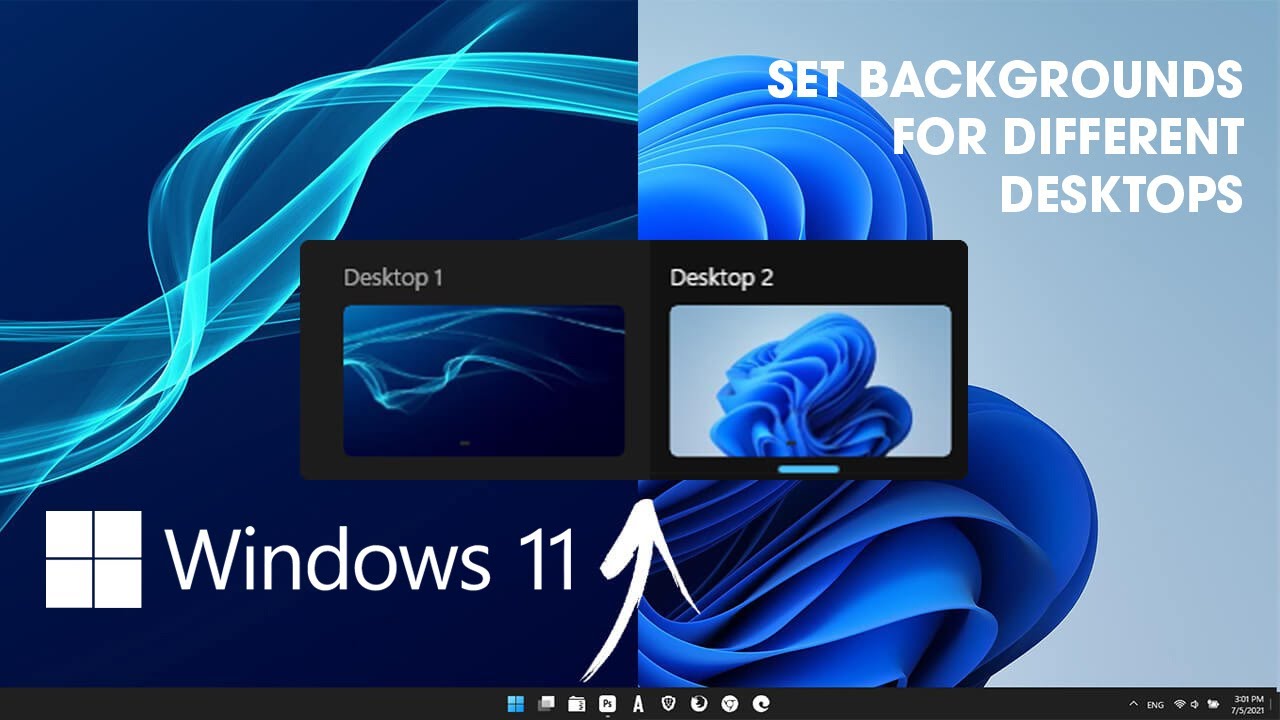Microsoft is reportedly bringing a highly anticipated feature to Windows 11: native video wallpaper support. This move marks a significant enhancement in desktop personalization, echoing a nostalgic feature from Windows` past while addressing a modern user demand.
A Glimpse into the Future (and the Past)
The news surfaced through the diligent work of a dataminer known as phantomofearth, who uncovered the functionality within a developer and beta-tester build of Windows 11. For many long-time Windows users, this revelation immediately conjures memories of DreamScene, a similar utility that graced the Ultimate edition of Windows Vista.
Ah, Windows Vista. Often remembered for its hardware demands and ambitious visual effects, it also introduced DreamScene – a feature that allowed users to set video files as their desktop backgrounds. It was a visually striking, if somewhat resource-intensive, innovation for its time. However, like many pioneering features, it was quietly removed in subsequent Windows releases, leaving users to rely on third-party solutions to achieve animated desktops.
The Reign of Third-Party Solutions
In the absence of a native option, applications like Wallpaper Engine rose to prominence. These tools offered robust and often highly optimized ways for users to transform their static desktops into vibrant, dynamic canvases. From serene natural landscapes to intricate animated art, these third-party programs filled a significant void for users craving a more lively computing experience.
The success of Wallpaper Engine and its contemporaries underscored a clear demand from the Windows user base: the desire for enhanced customization that extends beyond simple static images or slideshows. It seems Microsoft has finally taken note, perhaps realizing that some of the best new ideas are often well-preserved old ones, or simply listening to the collective voice of millions who enjoy a little more flair on their screens.
What This Means for Windows 11 Users
The integration of native video wallpaper support into Windows 11 could offer several advantages:
- Enhanced Personalization: Users will have more options to truly make their desktop unique and reflective of their style, without needing to seek out or pay for external applications.
- Simplified Experience: A built-in feature typically means easier setup and integration with the operating system, potentially leading to a more seamless user experience.
- Potential for Optimization: As a native component, Microsoft could optimize the video wallpaper function for better performance and battery efficiency compared to some third-party solutions, though this remains to be seen.
- Nostalgia and Innovation: It’s a clever blend of bringing back a beloved feature from the past, updated and integrated into a modern operating system. For those who remember DreamScene, it`s a welcome reunion.
It`s fascinating how technology often loops back, reintroducing features that were once considered cutting-edge, only to present them as “new” a decade or so later with improved performance and broader adoption. Microsoft`s move here isn`t just about video wallpapers; it`s about refining the user`s connection to their digital workspace.
Beyond the Aesthetics: A Continuously Evolving OS
This news follows other recent discoveries by beta-testers, such as new functionality allowing quick access to an internet speed meter directly from the taskbar or network pop-up menu. These incremental updates, while seemingly minor individually, paint a picture of Microsoft`s ongoing commitment to refining Windows 11.
From improving core utilities to reintroducing visually appealing customization options, Microsoft appears to be steadily addressing user feedback and striving to make Windows 11 a more capable, convenient, and aesthetically pleasing operating system. The return of video wallpapers is not merely a graphical flourish; it’s another step in making the desktop environment truly dynamic and personal.
While the exact release date for this feature in the stable build remains unconfirmed, its presence in developer builds suggests it`s more than just a fleeting experiment. Windows 11 users can likely look forward to a more animated and engaging desktop experience in the near future.

